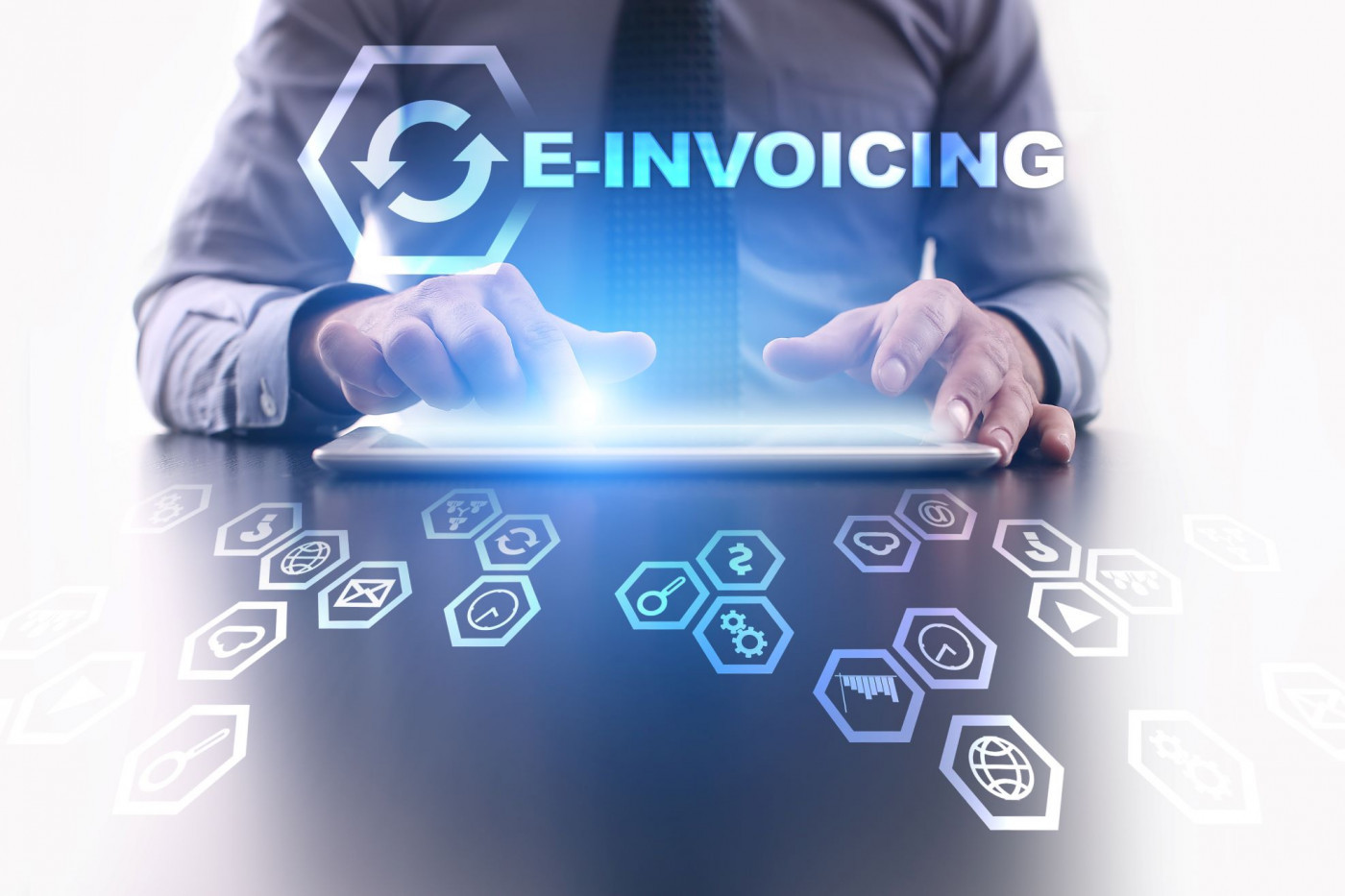The Global Rise of E-Invoicing: Streamlining Business Processes and Preventing Fraud
The world of business is embracing a digital transformation, with e-invoicing becoming a cornerstone of this shift. Governments worldwide are pushing for the adoption of electronic invoices, driven by a desire to increase tax revenue and combat fraud. Businesses, too, are recognizing the advantages of cutting down on paper and streamlining their invoicing processes.
How E-Invoicing is Transforming the Business Landscape
Automating invoicing, with the rise of digital options in doing so, has taken root in Europe through a series of mandates, while in the United States the shift has been largely market driven. The approaches may differ, but overall, cutting down on manual data entry and cutting down on the time it takes to process invoices holds universal appeal … with the positive ripple effect of better cash flow. In addition, there’s the ability to reduce fraud.
E-Invoicing in Europe: Mandates and Benefits
In Europe, where Italy, Greece, France, Germany and Spain have mandated eInvoicing, and as noted in a report from the European Union, emerging technologies such as artificial intelligence (AI) and machine learning have helped streamline the collection of invoice-related information. Those technologies are proving adept at detecting anomalies. Elsewhere, the EU added that the electronic creation and use of those invoices can “automatically compile and submit VAT returns and customs declarations.”
“Authorities can use e-Invoicing as the base layer for predicative tax calculations. Efficiency can be gained if predicative models are powered by Artificial Intelligence, whilst ensuring that the calculation is verified through human intervention,” noted the EU. In other studies, European regulators noted that the shift to digital exchanges of information, including eInvoicing, have helped close the VAT collection “gap” by tens of billions of euros.
E-Invoicing in the US: Market-Driven Adoption
In the United States, we may see a bit more “top down” approach to eInvoicing, as the Federal Reserve has been piloting, with the Business Payments Coalition along, a standardized eInvoicing model and exchange network.
Global Expansion of E-Invoicing: A Steady Rise
Cumulatively there are around 80 countries in some stage of mandating eInvoicing, and non-EU countries such as Australia and Japan have made strides toward eInvoicing as well. The process has been a staggered one, and in some cases the adoption is taking time. France stands out here, as the shift was slated to start this past summer, but larger firms have until September of 2026 to fully embrace eInvoicing.
The Impact of E-Invoicing on Businesses: Benefits and Challenges
The advantages of e-invoicing extend beyond compliance with government regulations. Businesses are experiencing a range of benefits from this digital shift, including:
- Improved Accuracy and Faster Payments: E-invoicing significantly reduces errors, leading to more accurate invoices and faster payment cycles. This is particularly important for businesses with large invoice volumes.
- Enhanced Efficiency and Cost Savings: Automation streamlines the entire invoicing process, saving time and resources. This allows businesses to focus on core operations and increase profitability.
- Improved Cash Flow: Faster payments translate into a healthier cash flow, making it easier for businesses to manage their finances and invest in growth.
- Stronger Business Relationships: E-invoicing promotes transparency and trust between businesses, fostering stronger relationships with customers and suppliers.
- Reduced Fraud Risk: The digital nature of e-invoicing makes it more difficult for fraudsters to manipulate invoices and helps businesses protect their finances.
However, there are also challenges associated with the transition to e-invoicing, including:
- Initial Investment Costs: Implementing e-invoicing systems can require an upfront investment, especially for businesses with complex invoicing processes.
- Integration Challenges: Integrating e-invoicing systems with existing accounting and ERP systems can be complex and time-consuming.
- Security Concerns: Businesses need to ensure that their e-invoicing systems are secure and comply with data privacy regulations.
The Future of E-Invoicing: A Promising Outlook
Despite the challenges, the future of e-invoicing looks bright. As technology advances and more businesses embrace the digital transformation, we can expect further improvements in efficiency, security, and cost savings. The global move towards e-invoicing is not just a trend, but a fundamental shift in the way businesses operate, paving the way for a more streamlined and secure financial landscape.
E-Invoicing: A Force for Change in the Global Business Landscape
The global embrace of e-invoicing is driven by a confluence of factors, including government mandates, business efficiency, and fraud prevention. The advantages of e-invoicing are undeniable, making it a powerful force for change in the global business landscape. As the world becomes increasingly digital, e-invoicing will continue to play a crucial role in shaping the future of commerce.

















